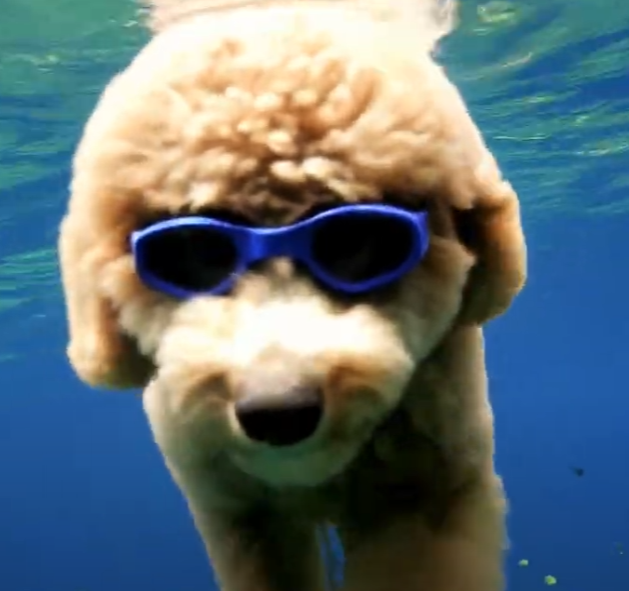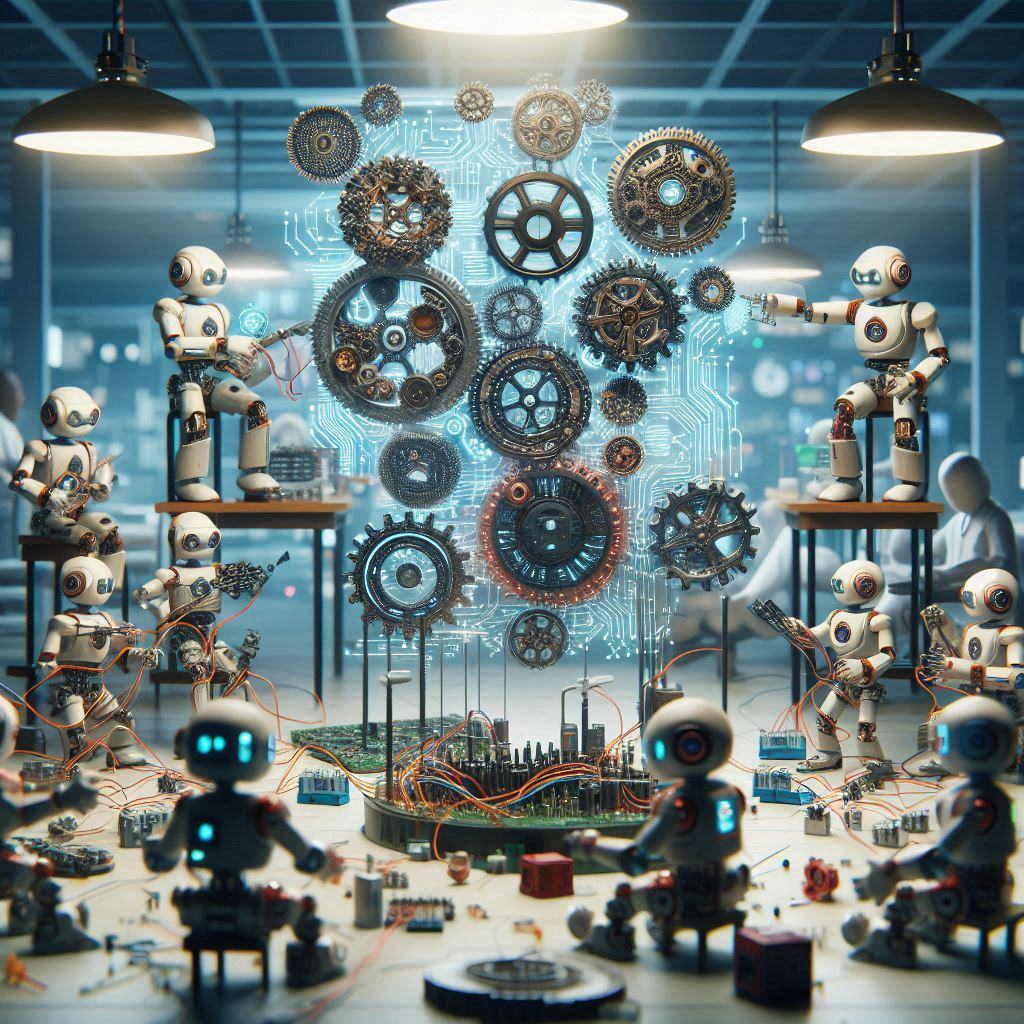Extensive Comparison of Text-to-Image AI Models: Part 2, 45 prompts!
We have added four new text-2-image models toIntegrail, and couldn’t be happier with this. I am sure you know Midjourney — it is still probably the...
Compare top text-to-image AI models with our guide. Learn which model suits your needs and use the Integrail Benchmark Tool to decide.
The ability to generate images from text has become a groundbreaking tool for businesses and creatives alike. From marketing campaigns to game design, AI-powered text-to-image models are transforming how visuals are created, offering a level of creativity and efficiency that was unimaginable just a few years ago. In this guide, we'll dive into the leading text-to-image AI models, comparing their capabilities, strengths, and the best use cases for each.
Text-to-image AI models have seen significant advancements, particularly with the introduction of models like Midjourney, DALL-E, and Stable Diffusion. These models have brought a new level of sophistication to the AI-generated art scene, each with its unique approach to converting text prompts into stunning visuals.
Midjourney: Known for its artistic flair, Midjourney excels in creating images with a painterly, often surreal quality. It’s particularly favored for its ability to produce abstract and highly stylized images, making it a popular choice among digital artists and designers.
DALL-E: Developed by OpenAI, DALL-E is celebrated for its versatility and creativity. It can generate a wide range of images, from photorealistic depictions to imaginative, cartoon-like visuals, all based on detailed textual descriptions.
Stable Diffusion: This model offers a more accessible approach to AI-generated images, focusing on producing high-quality visuals with less computational power. It's ideal for users who need to generate images quickly without sacrificing too much quality.
Each of these models brings something unique to the table, but understanding their specific strengths can help you choose the right one for your needs.
When it comes to generating highly detailed and realistic images, Midjourney and DALL-E lead the pack. These models are capable of interpreting complex prompts and producing images with intricate details, such as lifelike textures and nuanced lighting.
For example, when tasked with creating a portrait of "The Witcher standing in the rain," Midjourney might deliver a highly stylized, dramatic scene, while DALL-E could focus on a more photorealistic depiction with exquisite detail in the character's expression and the rain's interaction with the environment.
If you’re looking for artistic or highly stylized images, Midjourney is the go-to model. It’s known for producing images that feel like they belong in an art gallery, with a particular strength in abstract and surreal themes. Prompts like "a blue cat flying in the night sky, Marc Chagall painting" are where Midjourney truly shines, delivering results that are both creative and visually striking.
Stable Diffusion, while not as artistically inclined as Midjourney, offers a good balance between quality and creativity. It's excellent for generating high-quality images that are less stylized but still visually appealing.
A crucial aspect of choosing a text-to-image AI model is understanding how well it performs across different types of prompts. For example, DALL-E is incredibly versatile, handling everything from simple object generation to complex scenes involving multiple elements. Whether you're asking for "a well-dressed alien eating a full English breakfast at an American diner" or a "luxurious bathroom with modern design," DALL-E is likely to produce high-quality results across the board.
On the other hand, Stable Diffusion is better suited for users who prioritize speed and efficiency. It may not always match the creative flair of Midjourney or the detail of DALL-E, but it produces consistent results quickly, making it ideal for projects with tight deadlines.
The real power of these models lies in their practical applications. Let’s explore how businesses can harness text-to-image AI models to enhance their operations.
AI-generated images can revolutionize marketing campaigns by offering unique and eye-catching visuals that are tailored to specific audiences. For instance, a brand could use Midjourney to create surreal and memorable advertisements that stand out on social media. Alternatively, DALL-E can be used to generate more realistic images for product promotions, helping customers visualize the product in a variety of settings.
For game developers, text-to-image models are a game-changer. They can quickly generate assets like character designs, landscapes, and even full scenes that can be used directly in games or as inspiration for further development. Stable Diffusion is particularly useful here due to its efficiency in generating high-quality images quickly, which is essential during the fast-paced development process.
In the publishing industry, especially in areas like children's books and graphic novels, these AI models can be used to generate illustrations that align with the text. DALL-E’s ability to interpret complex prompts makes it ideal for creating detailed and imaginative illustrations that can bring stories to life.
With so many options available, how do you choose the right text-to-image AI model for your needs? Here are a few considerations:
Purpose: Are you looking for high-quality, realistic images, or do you need something more artistic and abstract? Midjourney is ideal for the latter, while DALL-E and Stable Diffusion are better for the former.
Budget and Resources: If computational power and budget are concerns, Stable Diffusion offers a good balance between quality and resource efficiency.
Specific Use Case: Consider the type of content you’re creating. For example, if you need to generate game assets, Stable Diffusion might be your best bet, whereas DALL-E could be more suited for creating marketing visuals.
To make the best decision, utilize the Integrail AI Benchmark Tool. This tool allows you to compare models based on key metrics like image quality, generation speed, and computational efficiency. It provides detailed insights tailored to your specific requirements, ensuring you select the most suitable model for your projects.
By leveraging this benchmark tool, you can ensure that you're using the optimal AI model for your specific needs, maximizing the effectiveness and efficiency of your creative projects.
As AI technology evolves, we anticipate significant advancements in text-to-image models that will reshape creative industries. Future models are expected to deliver not just higher accuracy and creativity but also more nuanced interpretations of text prompts. These advancements could lead to AI-generated content that rivals human-created art in both quality and originality.
One of the most exciting prospects is the integration of these models into broader AI ecosystems. As these integrations become more seamless, we’ll see AI-generated images being used in increasingly complex applications, such as:
Virtual Reality (VR) and Augmented Reality (AR): AI models could generate immersive environments in real-time based on textual descriptions, allowing users to explore or interact with entirely new worlds in VR or AR settings.
Film Production: Directors and producers could use AI to visualize and storyboard scenes instantly, making the creative process faster and more dynamic. Imagine describing a scene in words and having an AI generate a detailed, high-quality visualization that can be used directly in pre-production.
Interactive Media and Gaming: AI could enable personalized gaming experiences, where environments, characters, and narratives are generated dynamically based on player choices and actions, leading to unique gameplay experiences every time.
Art and Design: Artists and designers could collaborate with AI to push the boundaries of creativity, exploring new styles and concepts that were previously difficult or impossible to achieve manually. AI could act as a co-creator, offering suggestions and generating variations of an idea in real-time.
Enhanced Customization and Personalization: Future AI models may offer more personalized content creation, where users can fine-tune outputs based on their preferences, creating highly customized visuals for specific needs, whether for marketing, education, or personal use.
Ethical AI Art: As these models become more advanced, discussions around ethics, originality, and the role of AI in art creation will intensify. We may see the development of tools and frameworks that ensure AI-generated content adheres to ethical guidelines, respects intellectual property, and avoids perpetuating biases.
Improved Accessibility: Future models will likely be more accessible to a wider range of users, from amateur creators to large enterprises, thanks to advancements in user interface design and reductions in computational requirements. This democratization of AI technology will empower more people to create high-quality visuals without needing specialized knowledge.
The future of text-to-image AI holds immense potential, not only for enhancing current creative workflows but also for enabling entirely new forms of digital expression and interaction. As these technologies continue to mature, they will likely become integral to various industries, driving innovation and expanding the possibilities of what can be created from text alone.
Text-to-image AI models are transforming how we create and interact with visual content. Whether you’re a marketer, game developer, or content creator, understanding the strengths and capabilities of models like Midjourney, DALL-E, and Stable Diffusion can help you choose the right tools to elevate your projects.
As these models continue to evolve, staying informed about the latest developments and trends will ensure that you remain at the cutting edge of digital creativity. Start experimenting with these models today on platforms like Integrail.ai and discover the future of image generation.
Ready to take your creative projects to the next level? Visit Integrail.ai to explore our AI tools and start generating stunning visuals today!

We have added four new text-2-image models toIntegrail, and couldn’t be happier with this. I am sure you know Midjourney — it is still probably the...

Imagine telling an AI to create a high-quality video of a biker racing through the streets of Los Angeles, complete with synchronized audio. That’s...

Artificial Intelligence (AI) is no longer confined to science fiction. Today, it is a crucial part of our daily lives, but when did this...
Start your journey with Integrail

Try AI Studio by Integrail FREE and start building AI applications without coding.

NEW White Paper: Discover how AI Studio accelerates your workflows